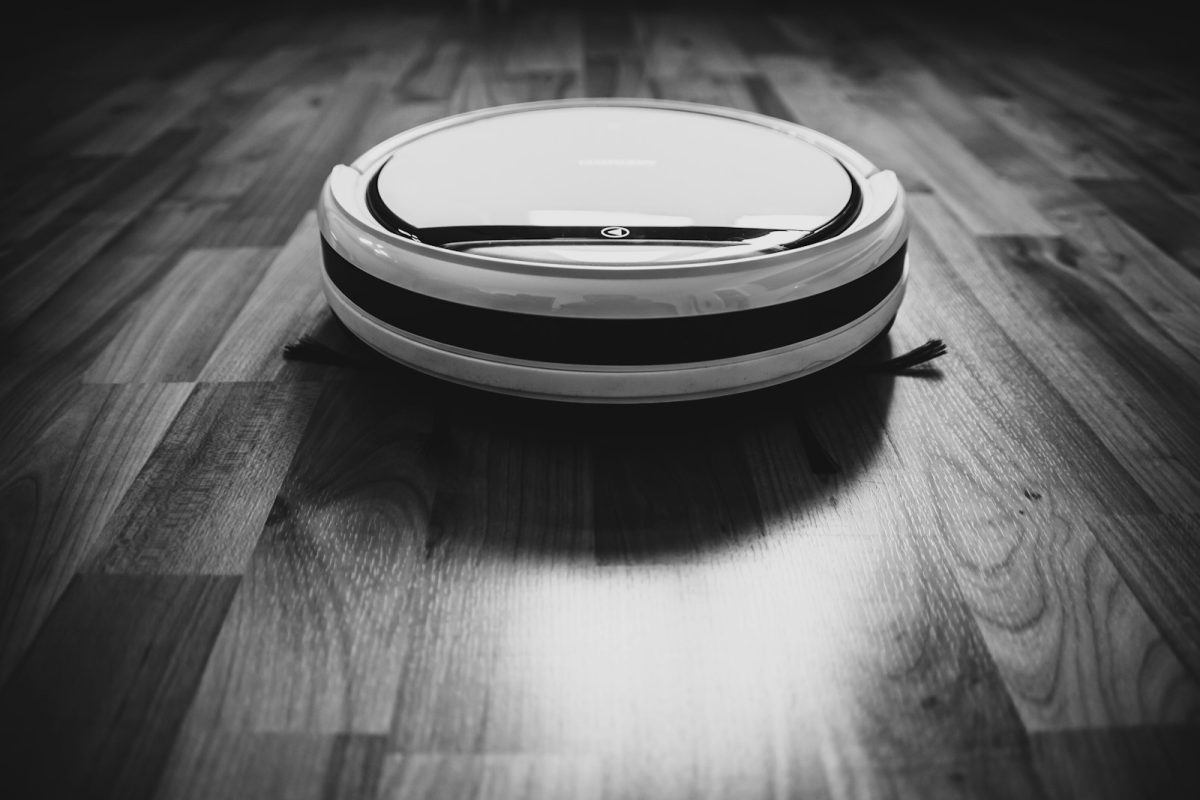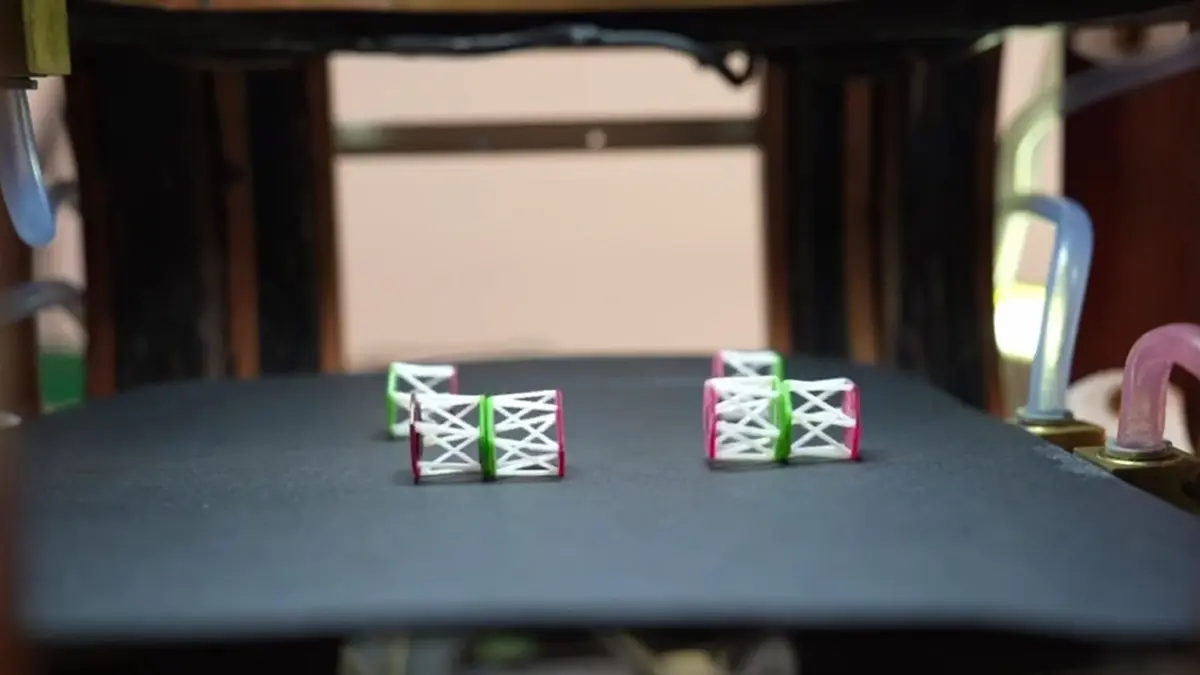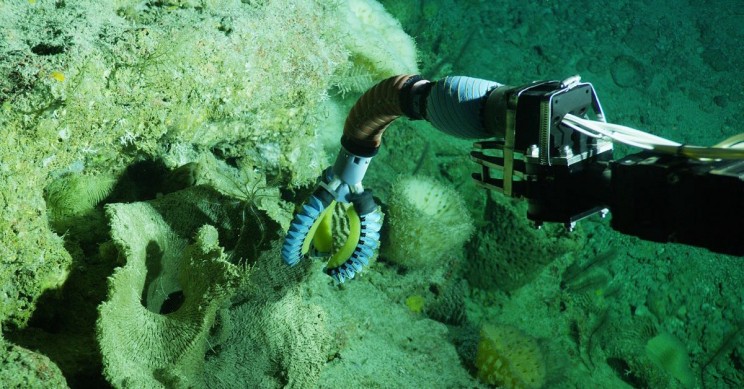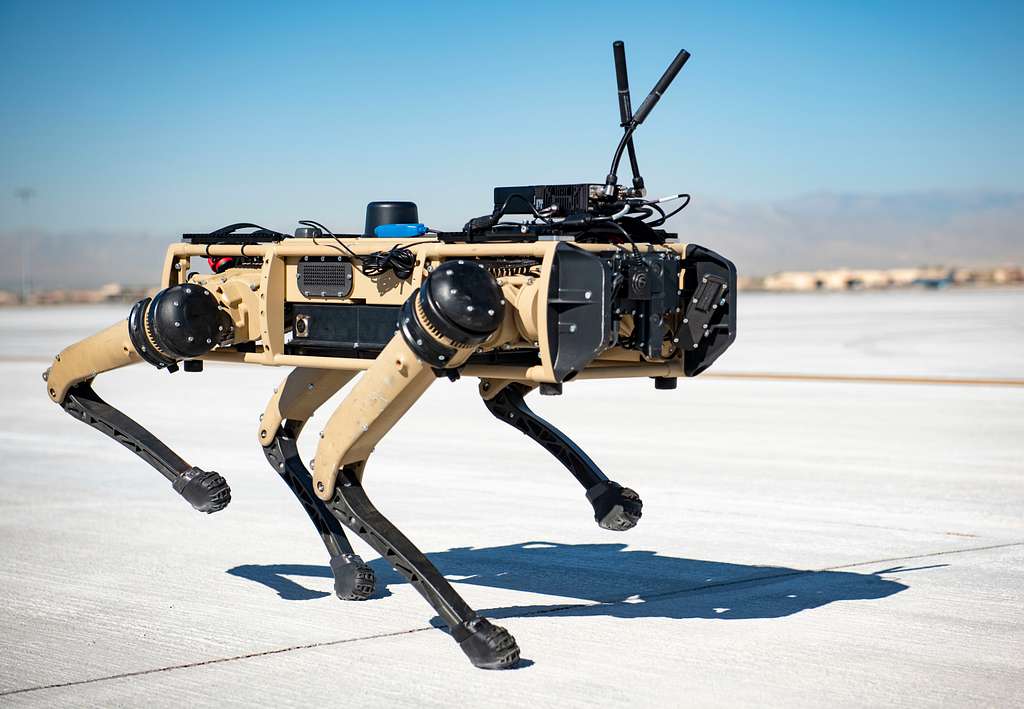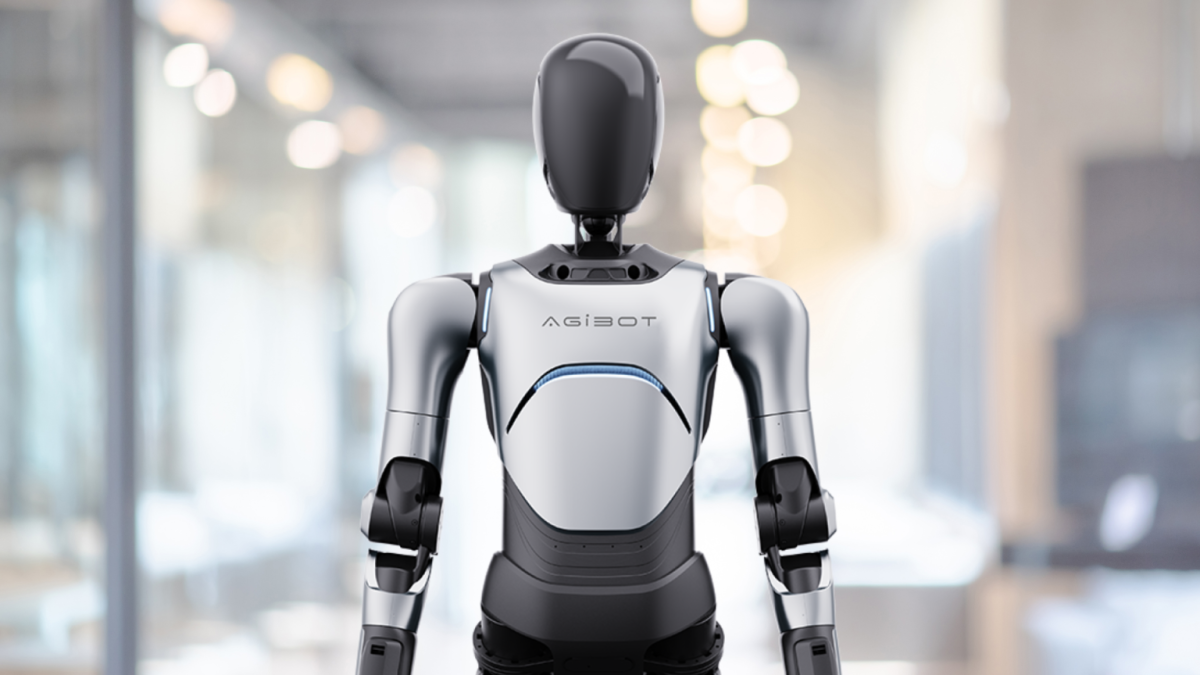Spot is a robot made by Boston Dynamics. Spot was originally made for R&D, but it has quickly moved to many industries including construction, energy, security, and even healthcare. A large part of what makes Spot successful is its form factor. Being a quadruped allows its developers to equip each leg with 360 degree sensors and high force actuators. This allows Spot to easily climb stairs, traverse rough terrain, and even open doors with a grasp planner and manipulator. This capability is further enhanced by its small stature and low weight. Spot can easily fit through windows, and navigate areas that would be impossible for a human to access. Spot can be configured with various types of payloads including but not limited to a manipulator with grasp planning and dexterity, or custom sensors for specific applications.
The combination of advanced mobility and modularity allows Spot to perform a vast array of tasks. These tasks range from inspecting buildings and structures with a RGB-D camera and LiDAR, to monitoring weather and environmental data with an atmospheric gas sensor, or even detecting and isolating dangerous pathogens with a talon sensor. Spot can even be configured to perform more mundane but equally necessary tasks such as delivering medication and supplies to those in need, or aiding the elderly or disabled with physical therapy by controlling a mirror or therapeutic assistive device.
Spot has also shown promise in the industry of construction. In this application Spot can autonomously traverse and create 3D maps of construction sites. These maps can then be used for quality control by comparing them against architectural plans, or by using computer vision to detect and highlight any deviations that may pose safety risks to the construction team. Spot could also serve as an efficient means of tracking the progress of a construction project. By equipping Spot with an additional payload known as the SpotRail, the robot can attach to itself various types of payloads such as a time lapse camera or a sensor capable of tracking ambient temperature, humidity, and barometric pressure. This data can then be used to monitor and detect changes that may occur over time in ways that are impossible for a human to accurately and safely do.
In the realm of energy Spot can be used to inspect the exterior of pipelines and gas turbines for leaks and other abnormalities that could result in expensive and unnecessary downtime. Spot could also be used to monitor the internal condition of these structures by injecting a smaller robot through an opening with a tethered cable system. This smaller robot, dubbed the Dragonfly, is a quadcopter capable of flying inside gas turbines and other large structures to inspect internal conditions. These options could potentially defuse situations without the use of lethal force and minimal human-patient interaction.
Additionally, any ethical concerns or debates surrounding robots in these industries must be addressed well before they are placed into practical use. This means that manufacturers and organizations working with law enforcement must be transparent about their intentions and engage in continuous dialogue with the public and their employees. Only then can we hope to deploy such advanced technology in a safe and responsible manner. Spot has also shown promise in the field of healthcare. Overall spot is a dog made by Boston Dynamics that can do many things and is very popular.
Related Stories
https://bostondynamics.com/products/spot/
https://bostondynamics.com/blog/3-ways-robots-see-the-world
https://bostondynamics.com/blog/doing-more-with-spot/
https://www.wired.com/story/spot-the-robot-dog-trots-into-the-big-bad-world/
Take Action


